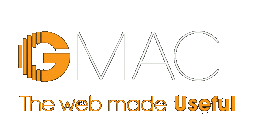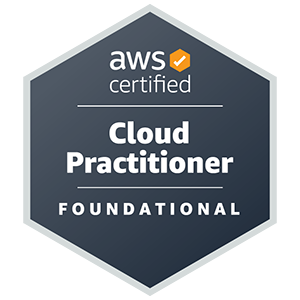Why use Social Media anyway?
20 Dec 2012The numbers are huge. The marketing and hype are deafening. Social Media is massive. Your business needs to be on it.
But why?
In August I prepared a Social Media Strategy for Honda MPE. In the following three months the Honda Motorcycles facebook page has (at the time of writing) gone from 16,487 to 30,758 likes - an 87% increase - and their number of Twitter followers has gone from 1,569 to 2,562 - a 63% increase. No black hat methods, payments or autofollows have been used.
The strategy for Honda MPE is detailed and complex. In this blog I will look at how a small business can benefit. Note that I am not going to bother with the big numbers you normally get quoted about Social Media. There are a billion people on Facebook. Pinterest is the fastest growing social media platform in history (a short history it must be pointed out). So what? Let's get started.
Do there have to be so many options?
You write your documents in Word and your spreadsheets in Excel. You do artwork in Photoshop and presentations in Powerpoint. These are different tools that are very well suited to their tasks. Then you save all of your files into a folder so you can find them.
Let's extend that concept.
For a moment we will forget about the "social" side of things and return to that later. Pinterest is a great platform for uploading and organising images. Facebook works well for maintaining a community. Twitter is suited to announcements. Blogger is a very capable blogging system. Even though they all fall under the banner of "Social Media", each one is a very useful specialised tool in its own right.
Where is the folder?
In the analogy I used above, the folder where all this information lives is your website. You use each tool for the purpose it is most suited for and collect all the results on your website where they can be organised and found later.
What Should you publish?
Social Media is called that for a reason. If I like what I see or read then I share it with my friends. They may then share it with their friends and so on. The key is the first 3 words - "If I like". This is where many companies fall down with their expectations. If I don't find what I see or read interesting then why would I tell anybody else? Not everybody will find your press releases interesting!
I recommend you share things that make people feel like they are getting some inside information or knowledge (or even an experience) that they might not get elsewhere. Your chances of being shared are much higher.
How do you benefit?
When confronted with all the options for content publishing it is common for people to neglect one or more of them as they settle into a routine. This is why you need:
- A publishing strategy
- Everything to be available at your website
A strategy tells you what kind of content to publish where. If you have a few pictures then you publish them in a Facebook photo gallery or on Pinterest. If you have a news release then you publish it on your website and post links to it on Facebook, Twitter and LinkedIn. This makes your communications consistent.
Making everything available on your website:
- Means that new people do not miss out on what has previously been published. One of the big challenges of Social Media is that there is so much information and it all becomes temporary. If somebody misses it then they are unlikely to ever see it again.
- Provides a home base where all your important information is for people who do not use (say) Facebook or Twitter or Pinterest and have no intention of starting. The information is presented as if it was always on your website. Those who do not want to use Social Media do not have to step outside their confort zone to find your important updates.
Does this take much work?
No. I have set up the GMAC Internet Solutions website as an example. Content from different Social Media sites is mixed with our normal website content from our Content Management System. Here it is described page-by-page:
- At the top of the page is the timeline banner from our Facebook page. When we change it in Facebook it is automatically changed on our website.
- The blocks of announcements arranged in a 3 by 4 grid are the timeline items from our Facebook page. Whenever one is added or removed it is added or removed from our website. Note that the images and links also come from Facebook.
Compare our website www.gmacinternet.com.au to our Facebook wall http://www.facebook.com/gmacinternet.
Websites :
The pictures of sample websites come from the Facebook photo gallery at http://www.facebook.com/media/set/?set=a.179338025465896.43517.160019967397702&type=3
Whenever a photo is added, removed or moved around the same change will happen to our website. The photos even appear in a fancy lightbox when clicked on.
The photos of the bulk email examples come from one of our Pinterest boards at http://pinterest.com/gmacinternet/bulk-email-formats/
As with the Facebook gallery, any change on Pinterest is automatically made to our website.
Blog :
I use Google Blogger to write and edit my blog posts. The items on our blog page come from http://mcdermie.blogspot.com.au/
Every update I make is automatically copied to our website.
This just scratches the surface of how to properly use Social media. With a tight strategy you will be able to take advantage of Social Media properly without feeling like you are spraying updates into the wind and hoping something happens. It means taking proper advantage of each platform the same way you do with the software on your computer.
Most of all, a content publishing strategy that encompasses Social Media provides relevant, constantly changing information for your website. That is the best thing you can do for Google AND for humans.








